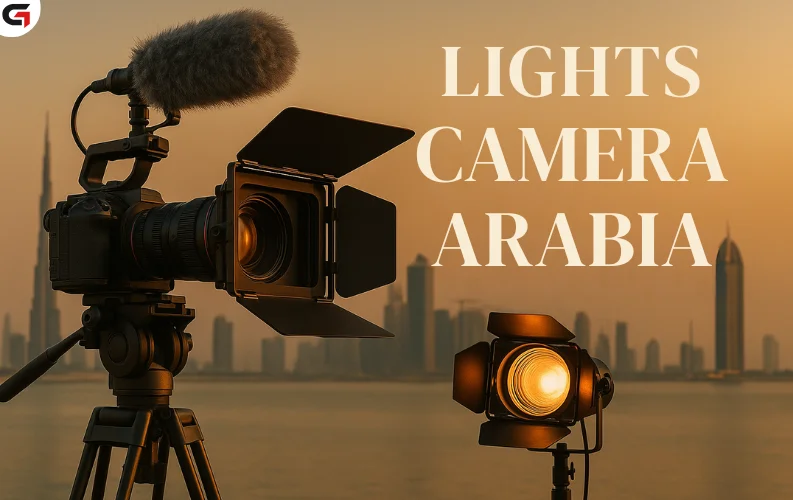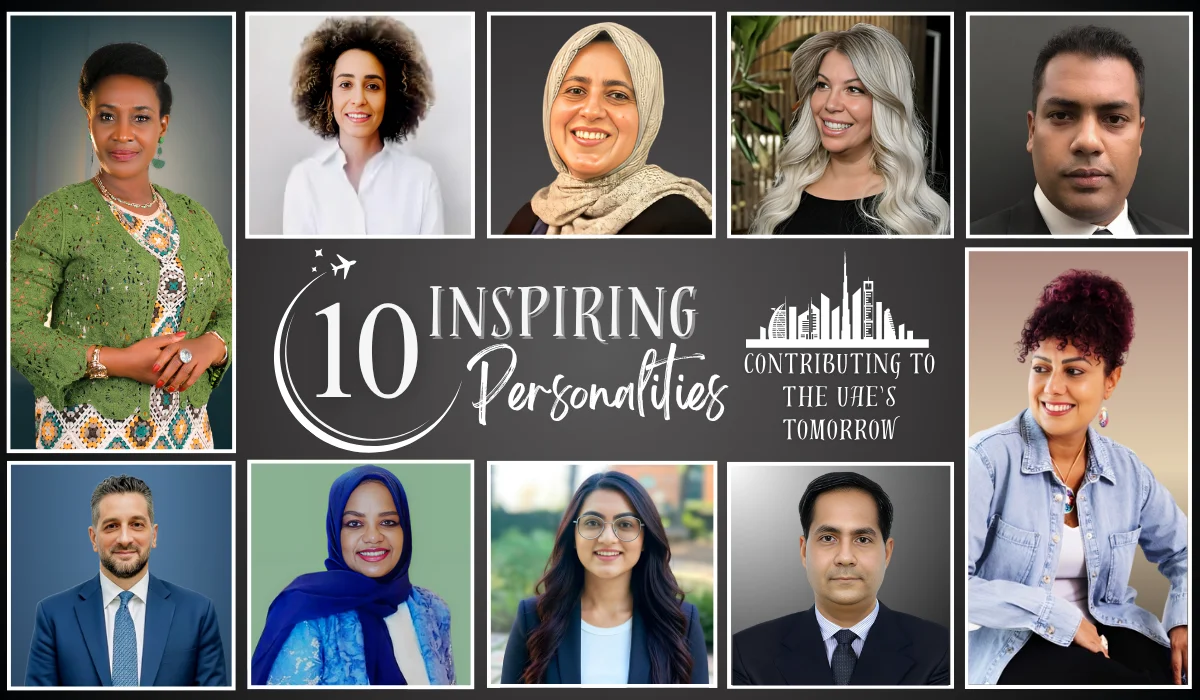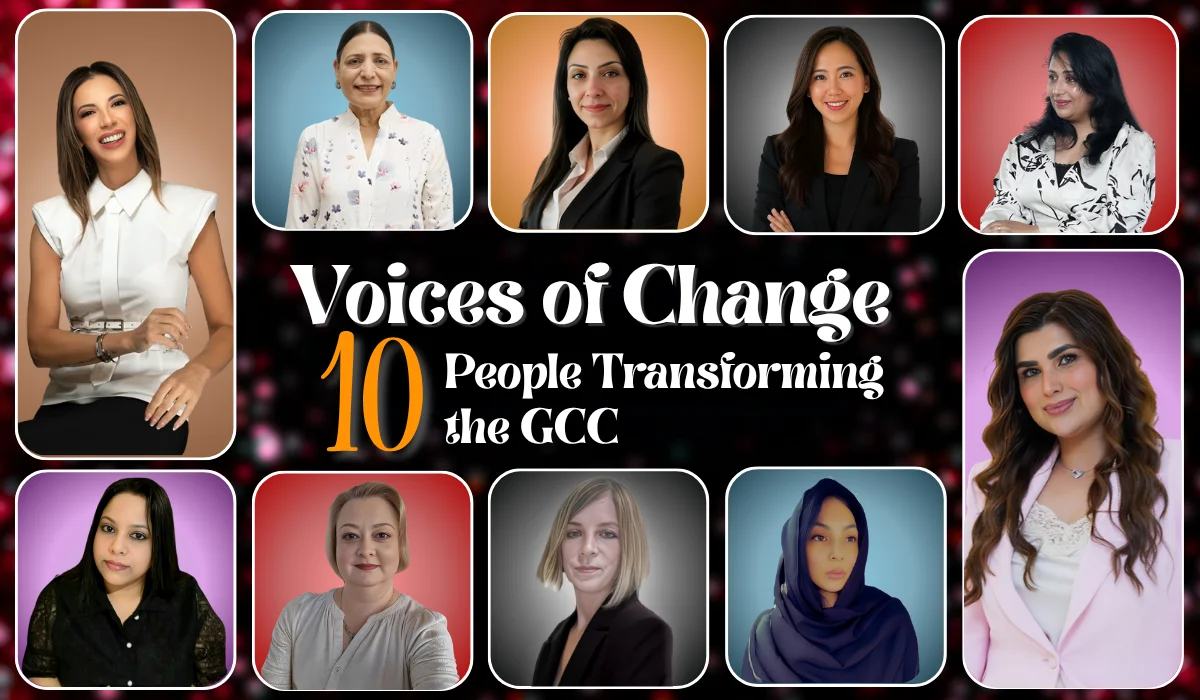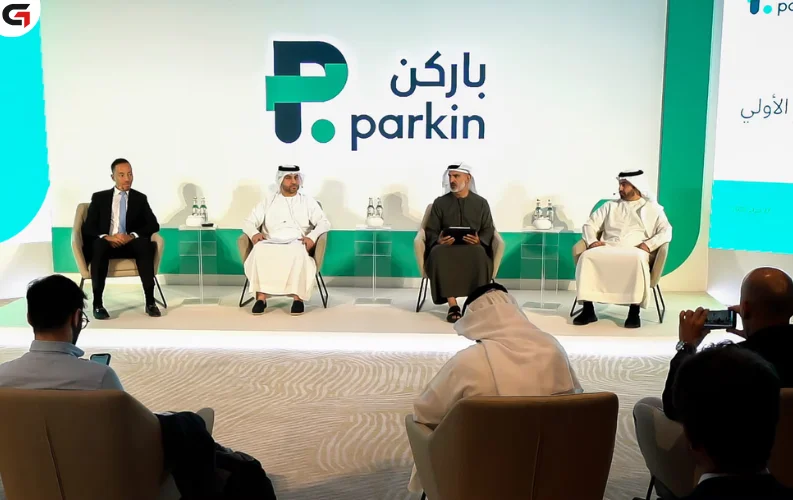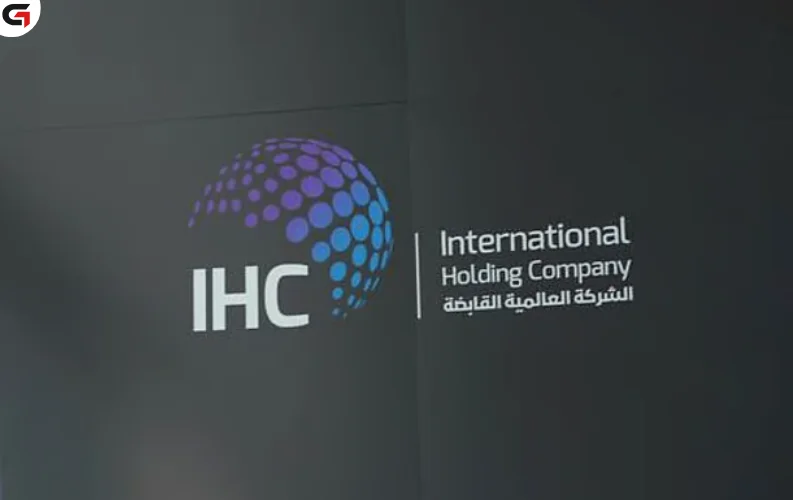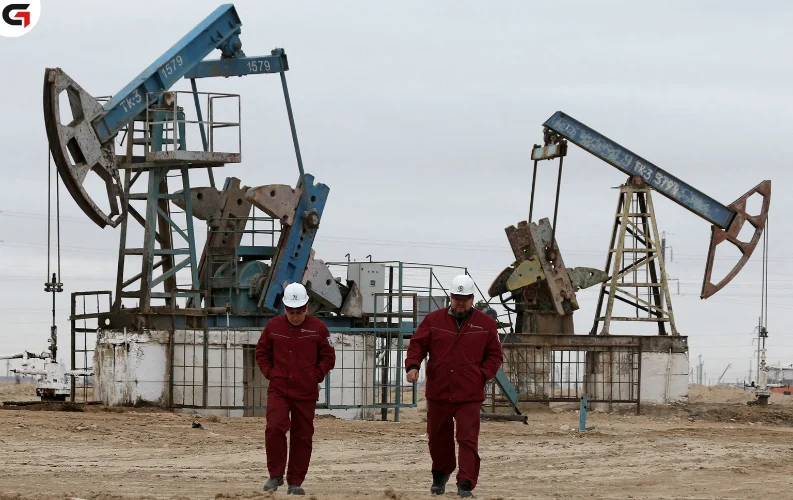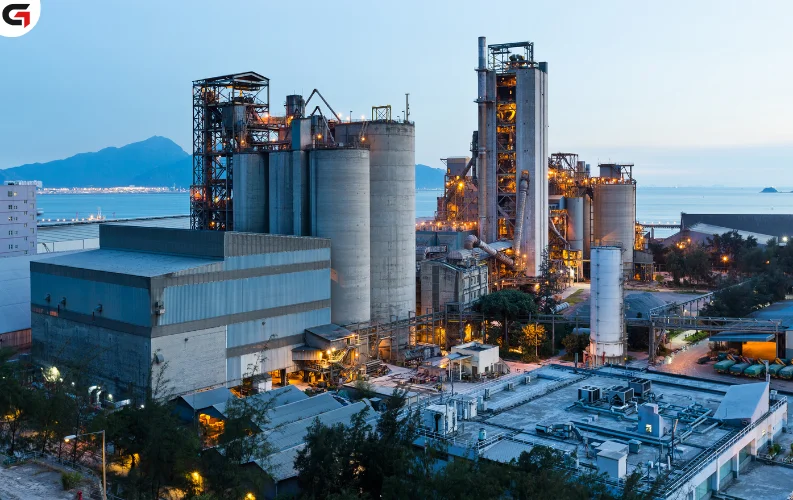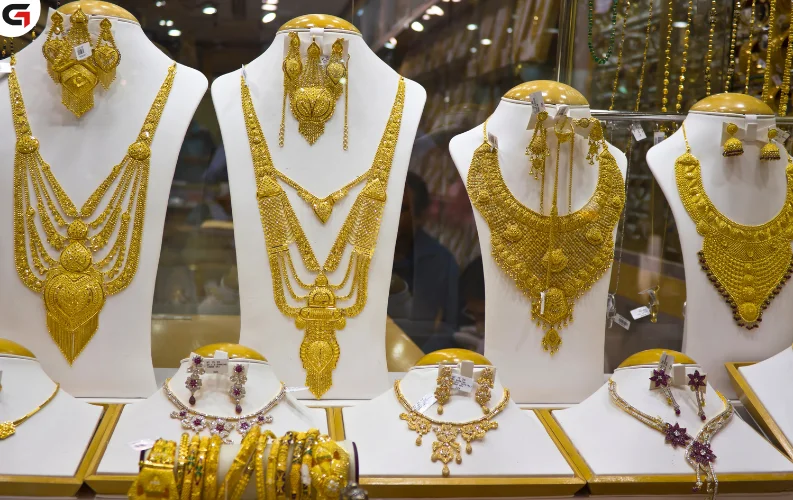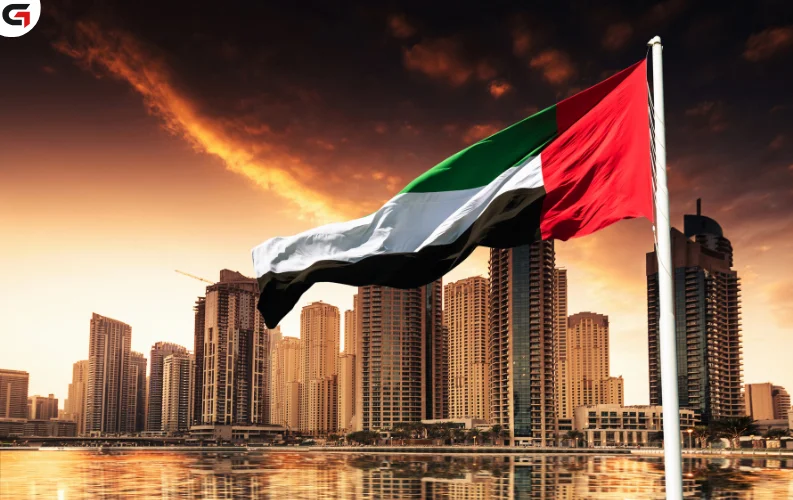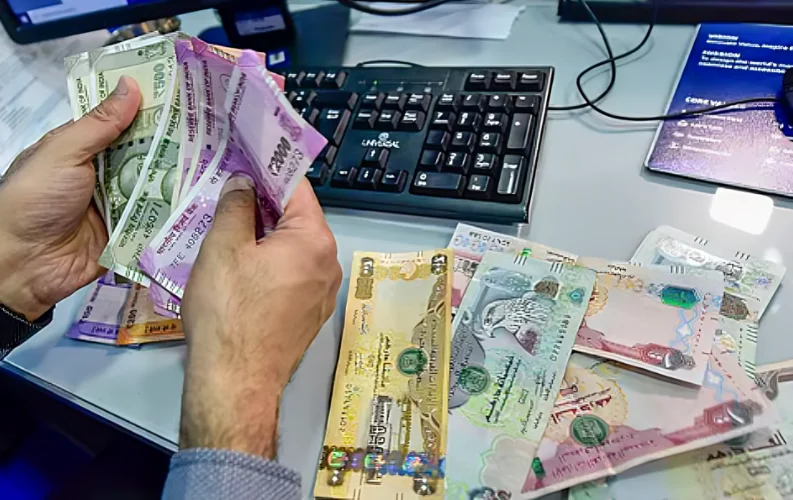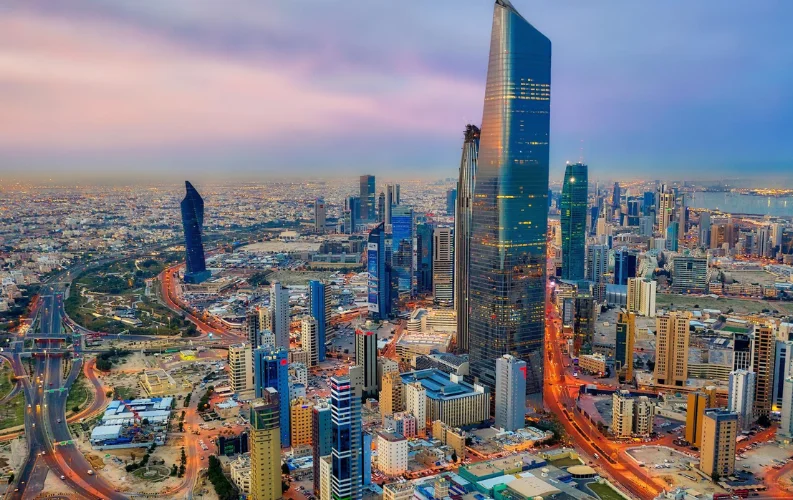Over the last decade, the Gulf region has witnessed a quiet revolution. From being viewed as a conservative and largely overlooked market in global entertainment, it has emerged as one of the most intriguing and rapidly evolving cultural landscapes. What was once a quiet stage now echoes with film festivals, production houses, local cinema releases, international collaborations, and a growing community of creators determined to tell their stories in their own voice.
This shift is not accidental. It is the result of deliberate cultural strategies, growing public demand, and state-led support systems. As entertainment gains ground across Gulf countries like Saudi Arabia, the United Arab Emirates, and Qatar, it signals more than economic ambition, it reflects a desire to preserve identity, engage youth, and influence how the world perceives the Arab world.
From Silence to Silver Screens: The Turning Point
In countries such as Saudi Arabia, public cinemas were once prohibited for decades. Theatres reopened only recently, in 2018, under a wave of social reforms. Today, cinemas are filled with both international blockbusters and locally produced films, marking a monumental shift in public life.
The United Arab Emirates, with a head start in entertainment infrastructure, paved the way with its film festivals and creative hubs. Qatar, through its Doha Film Institute, has made consistent efforts to back new talents and push the boundaries of regional cinema.
The story of the Gulf’s entertainment evolution is one of contrast, between tradition and modernity, preservation and innovation. At its core lies a determined effort to reflect the region’s unique narratives while opening doors to new audiences.
Related Article:- The Ultimate Guide to Christmas Traditions Around the World
A Vision Beyond Oil: Entertainment as National Strategy
As Gulf nations seek alternatives to oil-based economies, entertainment has become a serious sector. In Saudi Arabia, this ambition is embedded within Vision 2030, a long-term economic and cultural plan aimed at transforming national identity and global perception.
The establishment of the General Entertainment Authority (GEA) in Saudi Arabia is a key example of institutional commitment. Through the GEA, the country now hosts global music tours, regional film premieres, and cultural events that were once considered taboo.
In the UAE, Abu Dhabi’s twofour54 media zone and Dubai’s Creative Economy Strategy aim to position the Emirates as a regional leader in media and creative industries. These initiatives are designed to attract not just tourists but also global content creators, entrepreneurs, and investors seeking to engage with a fresh and promising market.
Gulf Storytelling: Authentic, Local, and Unapologetically Arab
For many years, cinema in the region mirrored foreign narratives. Local voices were limited, and stories reflecting real Arab experiences were scarce. That is no longer the case.
Films such as “Barakah Meets Barakah” (Saudi Arabia), “Scales” (Haifaa Al-Mansour), and “City of Life” (UAE) are challenging these patterns by offering relatable stories rooted in the region's social fabric. These works not only found their way into regional cinemas but were also screened at global festivals, introducing audiences abroad to contemporary Arab life in an unfiltered, honest way.
There is a growing appetite for content that does not rely on exotic tropes or Western approval. Gulf creators are reclaiming their voice, crafting characters and narratives that reflect daily life, generational conflicts, social expectations, and a rich cultural heritage.
Platforms and Festivals Powering Regional Talent
The rise of new cinema in the Gulf has been supported by a growing ecosystem of festivals, funding platforms, and creative incubators. Some of the most influential include:
-
Red Sea International Film Festival (Jeddah, Saudi Arabia):
More than just a showcase, it is a platform that encourages emerging filmmakers from the Arab world to meet, collaborate, and grow. -
Ajyal Youth Film Festival (Doha, Qatar):
Organized by the Doha Film Institute, this event emphasizes the importance of youth voices in shaping cinematic narratives. -
Sharjah International Film Festival for Children and Youth (UAE):
A regional platform that encourages storytelling among the younger generation, empowering them to think creatively and critically. -
Middle East Film & Comic Con (Dubai, UAE):
Though known for its pop culture angle, it reflects the region’s broader appetite for diverse content and creative exchange.
Each of these events plays a vital role in nurturing talent, fostering community dialogue, and positioning Gulf cinema on the global map.
Also Read:- The Magic of Christmas: Traditions, Celebrations, and Joy Around the World
Changing How Content is Consumed: The Role of Streaming
Another crucial factor behind the entertainment surge in the Gulf is the changing nature of content consumption. Younger audiences, tech-literate and globally aware, have shifted their attention to digital platforms.
While Netflix, Amazon Prime Video, and Disney+ have entered the market with considerable success, regional platforms like Shahid (by MBC Group) and StarzPlay Arabia have held strong by offering content that is culturally relevant and locally produced. These platforms are not just streaming global titles but actively investing in original productions.
Shows such as “Takki” and “Al Mirath” have captured local audiences by weaving themes of family, class, and societal change into well-crafted narratives. Importantly, these productions employ local talent, from writers and directors to camera crews and costume designers, ensuring a comprehensive industry development.
Gulf as a Global Production Destination
International film studios are increasingly drawn to the Gulf, not just for its architectural wonders and scenic deserts but for its structured production incentives, safety, and professionalism.
Big-budget films like “Star Wars: The Force Awakens”, “Mission Impossible – Fallout”, and “Fast & Furious 7” were partly filmed in Abu Dhabi. The decision to shoot in the Gulf is no longer about location alone; it’s about tapping into a system that is being built to international standards.
Saudi Arabia’s upcoming NEOM project, which includes a dedicated media city, is another ambitious step. It aims to become a global destination for filming, editing, and distribution. This project will offer opportunities not only to international studios but also to regional filmmakers looking for world-class infrastructure close to home.
Remaining Challenges on the Road Ahead
Despite progress, there are barriers that need addressing to ensure sustainable growth:
-
Limited Training Infrastructure:
Not all Gulf nations have widespread access to film schools or creative workshops. Bridging this gap is essential for a talent pipeline. -
Audience Development:
While creators are on the rise, encouraging local audiences to support regional films in theatres remains a challenge. -
Balancing Tradition and Innovation:
Content must navigate the line between pushing artistic boundaries and respecting cultural norms. This requires clear policies and open dialogue.
Addressing these challenges requires continued investment, public-private partnerships, and educational initiatives aimed at building not just content, but entire careers.
Check This Out:- DIY Christmas Decorations: Creative Ideas to Transform Your Home This Holiday Season
Why This Cultural Shift Matters
The current wave of entertainment emerging from the Gulf is not merely about revenue or market share. It is about representation. For too long, Arab voices were depicted through the lenses of others, often misunderstood, oversimplified, or ignored.
By controlling their own narratives, Gulf creators are telling the world: “We exist, we evolve, and we have stories worth sharing.” These stories reflect a broad spectrum, urban and rural, modern and traditional, challenging and celebratory. This diversity of voice is essential to cultural diplomacy, cross-border understanding, and local pride.
Conclusion: A Region in Motion, a Culture in Focus
The lights are no longer dimmed, and the cameras are rolling. Across the Gulf, the entertainment industry has moved from aspiration to action. Film studios are bustling, red carpets are rolled out, and production crews are capturing stories that were once whispered and are now confidently projected on screens.
With a firm foundation laid by national strategies, technological access, and bold creativity, the Gulf’s entertainment culture is no longer waiting to catch up, it is already here, defining its own rhythm. For regional audiences and the global market alike, this is a space to watch, not for fleeting trends but for a movement that promises to shape culture for years to come.
You may also like:-



